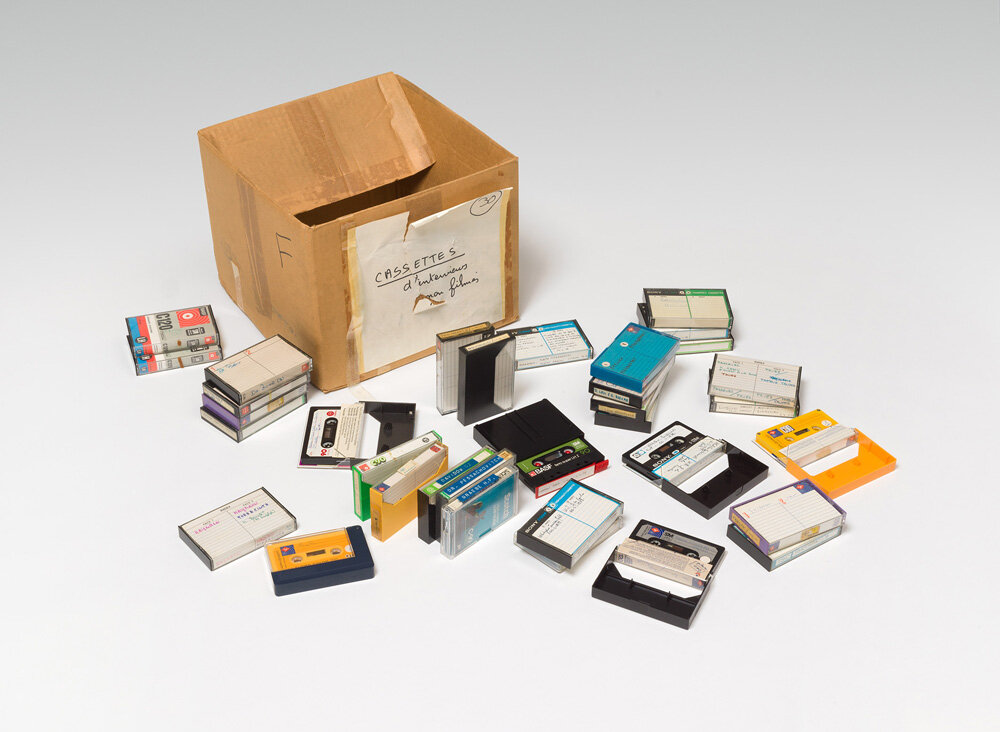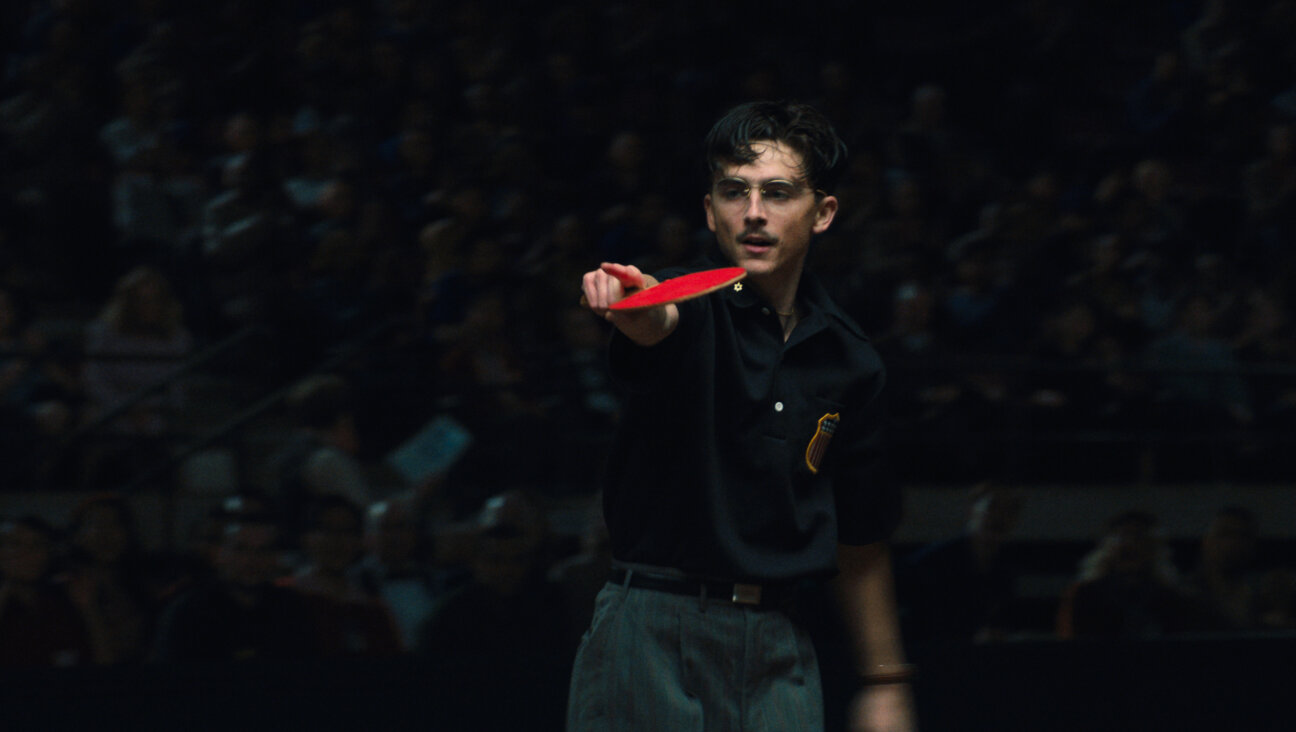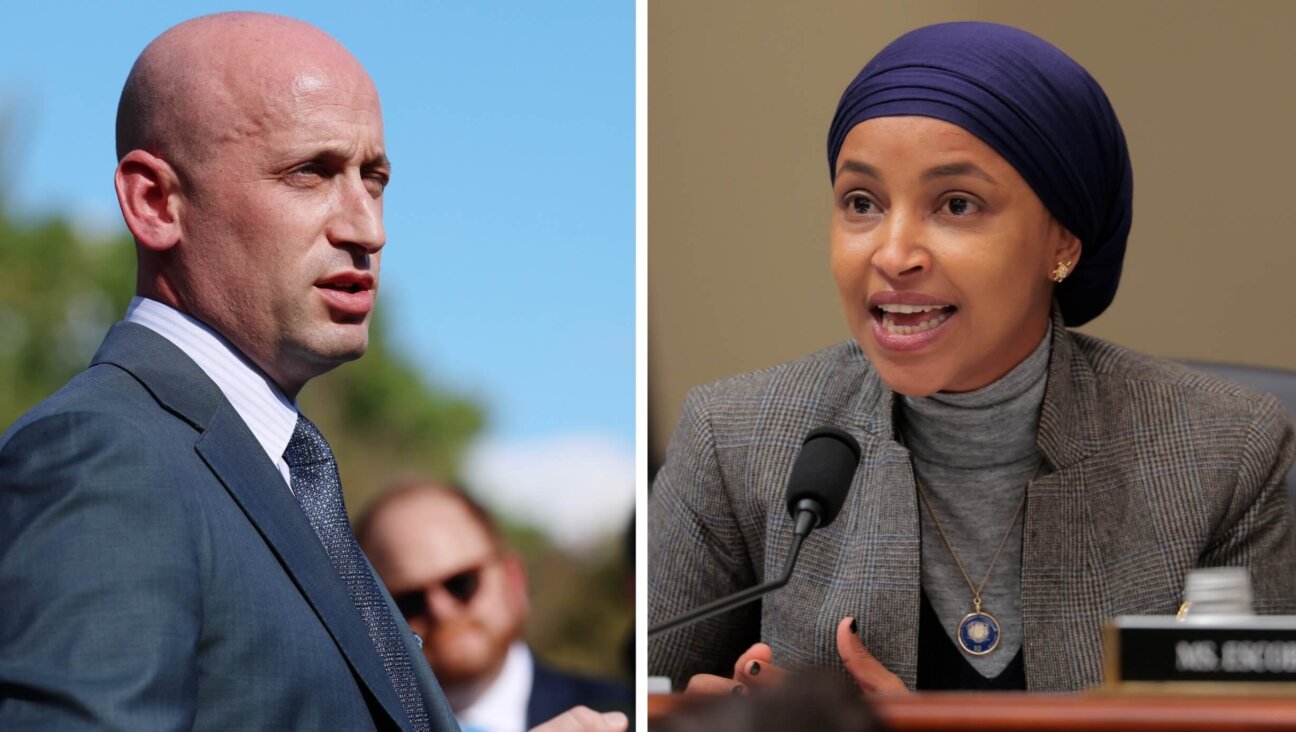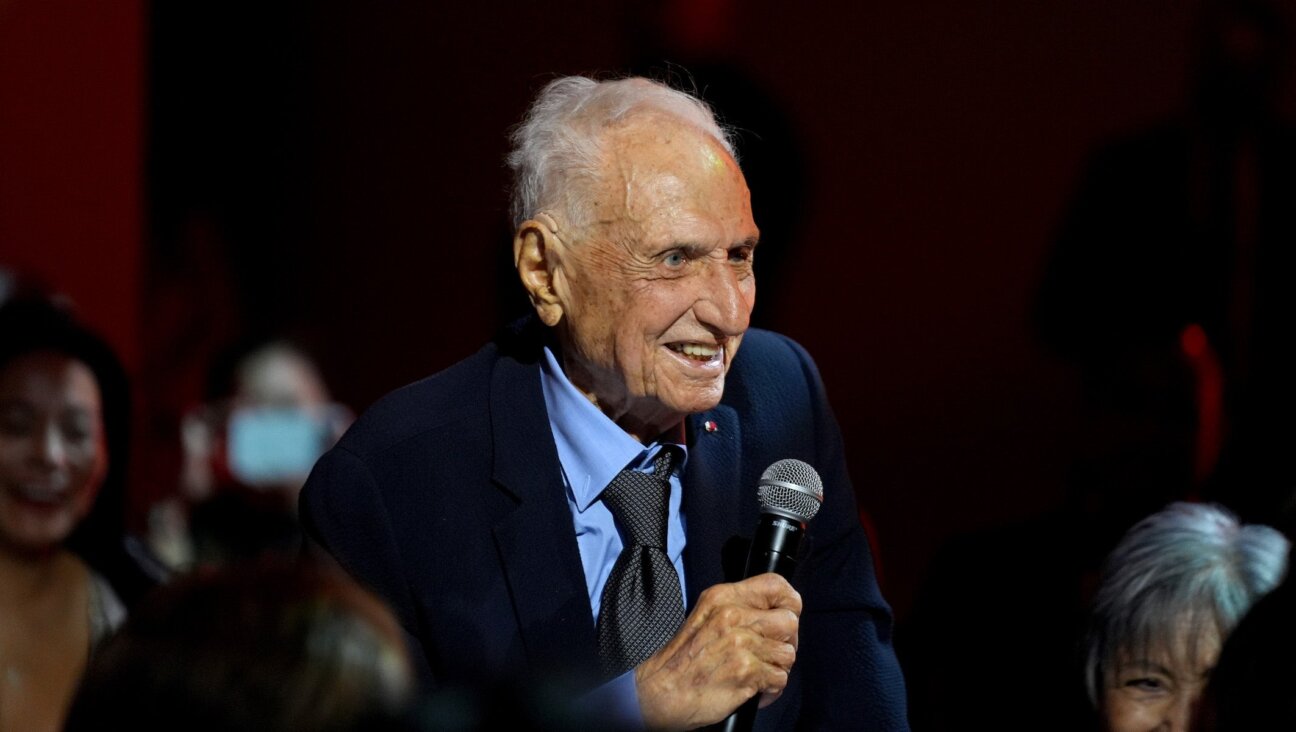Does Modern Orthodoxy Have a Future?
Orthodoxy Awakens: The Belkin Era and Yeshiva University
By Victor B. Geller
Urim Publications, 295 pages, $26.95.
* * *|
An American Orthodox Dreamer: Rabbi Joseph B. Soloveitchik and Boston’s Maimonides School
By Seth Farber
Brandeis University Press, 228 pages, $34.95.
* * *|
Even in the midst of unprecedented growth of its institutions, Modern Orthodoxy is facing an intellectual crisis of confidence. On its right, modern practice is rapidly losing its religious authority to the encroaching dominance of the haredim; on its left, it is losing its worldly authority to other forms of Judaism that are more willing and able to adapt to contemporary life. The developments of the last few decades beg the question: Does Modern Orthodoxy have a future?
Two new books turn to the past in search of a suitable blueprint for modern Orthodoxy’s future. Victor B. Geller’s “Orthodoxy Awakens: The Belkin Era and Yeshiva University” and Seth Farber’s “An American Orthodox Dreamer: Rabbi Joseph B. Soloveitchik and Boston’s Maimonides School” return to the era immediately preceding and following the second World War, the time of Modern Orthodoxy’s surge to prominence in the United States. Both books are a reflection of Modern Orthodoxy’s current need to justify its existence and to solidify its place in 20th century Jewish history.
“Orthodoxy Awakens” is ostensibly a biography of Rabbi Samuel Belkin, the second president of Yeshiva University, whose tenure witnessed the remarkable flowering of YU into one of the key institutions of Modern Orthodoxy. The most compelling sections concern his work with young pulpit rabbis in the 1940s and 1950s. Having trained rabbinical students in the complexities of the Talmud and law, YU sent out its graduates to face something not found in any religious text: the messiness of reality. Geller, who served as one of YU’s liaisons to its graduating rabbis, devotes segments in a number of chapters to stories of the young rabbis’ struggles. What comes through is the immense struggle of the well-meaning representatives of Modern Orthodoxy to communicate their message to their congregants. Rabbis and communal leaders during the years often worked with congregations that were nominally Orthodox but whose actual practice left something to be desired in the rabbis’ eyes. That these congregations knew little and were only glancingly involved in Jewish life compelled the rabbis to flexibility and ingenuity. Rabbis took over congregations whose religious practice was distinctly un-Orthodox, instituted CB radio systems to summon congregants to a daily minyan and taught fencing as a means of connecting with their younger constituents.
This lack of ease may have been a blessing in disguise. Working in a world that did not place religious life at the center of all existence, Modern Orthodox Jews were required to find ways to make their ideas compelling to others, to usher outsiders into the fold. Balancing two separate and equal ideals, communal leaders had to offer the right equilibrium in order to appeal to the unlearned or disaffected Jews of their communities.
Perhaps this is why the movement always has placed such great emphasis on education, and educational institutions; since Modern Orthodox Judaism is about the collision of tradition and modernity, quality results were deemed only possible through stirring the educational pot just right. Schools are at the heart of Modern Orthodoxy — and of these two books — because being a Modern Orthodox Jew is defined by a joint inculcation into two distinctly separate worlds, and the amount of exposure to each determines one’s place along the political-religious spectrum.
Playing a starring role in both books is Rabbi Joseph Soloveitchik, the pre-eminent figure of 20th century Modern Orthodox Judaism, and both seem focused on the reclaiming of Soloveitchik from co-optation by the ultra-Orthodox. In the years since the Rav’s death in 1993, his legacy has been bitterly fought over by modern and haredi thinkers, both boasting the Rav for their own. “An American Orthodox Dreamer,” in particular, is an attempt to strike a blow for the modern side.
Focusing on Soloveitchik’s role in the creation of the Maimonides School, a groundbreaking Modern Orthodox institution in Boston,
Farber highlights his commitment to the ideals of Modern Orthodoxy. Coeducational, equally emphasizing the importance of a top-flight secular education and a thorough understanding of Jewish history, law and thought, Maimonides was seen by some as one of the most successful expressions of Modern Orthodoxy’s American dream.
Among its main innovations was its emphasis on gender equality in education. Female students were taught Talmud along with their male counterparts — not shunted off to separate, unequal classes in homemaking or domestic religious law, as they were in most other institutions of Jewish learning. One of the many contentious issues surrounding Rabbi Soloveitchik’s life is the question of how wholeheartedly he supported the notion of coeducation. Was it merely a necessity in that time and place, when no quality schools for girls existed in Boston? Or was coeducation kosher enough for Modern Orthodoxy in perpetuity? Unsurprisingly, Farber comes down with the latter proponents, arguing that Maimonides was Soloveitchik’s dream come to fruition; at the heart of “An American Orthodox Dreamer” is the sense that Maimonides is a city on a hill, a shining beacon of Modern Orthodoxy at its glorious best.
It is a verdict shared by Geller in his assessment of Yeshiva University. Both authors argue, in between-the-lines assessments, that Modern Orthodoxy is akin to a lab experiment — one that works at its best in the closed conditions of the educational institution, and is then inherently compromised by exposure to the world. This attitude accounts for much of the rightward deviation of Orthodox practice in recent years, emulating the haredim in their attempt to turn the world into their own protected enclave, never reaching an exit point at which the exterior world must be confronted.
Contemporary Modern Orthodoxy has grown unduly fixated on ensuring an appropriately lofty level of religiosity, while neglecting the other half of the equation — really and truly engaging with daily, secular life. In the absence of a Modern Orthodoxy that aspires to be both modern and Orthodox, it is difficult to imagine a future in which the two aspects of that fragile equation do not split into their constituent parts.















